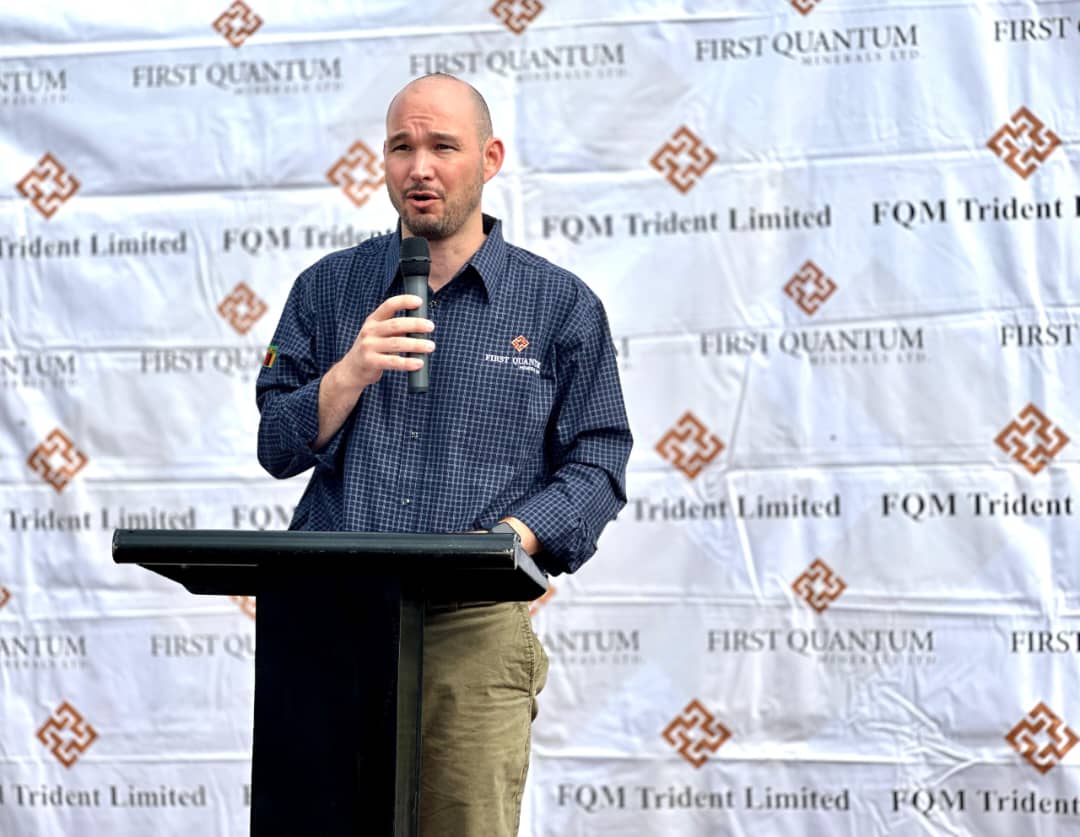Vera Songwe has been appointed chairwoman of the board of the Liquidity and Sustainability Facility (LSF), a finance mechanism aimed at improving the liquidity of African sovereign debt.
Launched by the UN Economic Commission for Africa (UNECA) at COP26 in November, the fund is designed to stimulate Africa’s foreign debt market, thereby cutting borrowing costs for African governments and fostering cheap loans for sustainable development.
Songwe’s move follows her resignation from UNECA in August after a five year stint as executive secretary of the Addis Ababa-based think tank.
The Cameroonian economist joins a coterie of influential Africans on the board, including former Liberian president Ellen Johnson Sirleaf, who serves as LSF’s honorary president, and the president of Afreximbank, Benedict Oramah.
The LSF helps boost demand for African government bonds by allowing international investors holding government bonds to apply to the LSF for short-term loans, or repos, using the bonds as collateral.
This improves the liquidity of sovereign debt issued internationally by African borrowers, by making it easier for investors to turn bonds into cash at short notice, ultimately reducing borrowing costs for countries in the region.
“It seeks to address the perceived riskiness of African sovereign debt by targeting the liquidity of existing African sovereign eurobonds and making new ones more attractive for investors,” said Oramah, commenting after Songwe’s appointment.
The funding mechanism also marks a symbolic moment in the maturity of Africa’s sovereign bond market, Songwe says.
“It aims to offer the same financial infrastructure the rest of the world has access to and to level the playing field for African sovereign borrowers. It creates a more sustainable investment environment for Africa.”
LSF hopes to raise a total of $30bn with support from institutions such as Afreximbank to fund the loans, and the equivalent of $3bn in the International Monetary Fund’s unit of exchange, Special Drawing Rights, from developed countries.
Transformational potential?
UNECA says the facility represents transformational relief for the region. But economists remain unconvinced, claiming it is not enough.
“Despite ambitious claims by UNECA, transformational relief for the region is likely to need wider debt forgiveness and additional aid,” an assessment by IHS Markit and S&P Global says.
Sub-Saharan Africa’s external debt hit $702bn in 2020, up from $492bn in 2016, according to the World Bank, making the $3bn funding base for the facility a paltry pool of finance, the report said.
“As a comparison, the stock of German Bunds is €5.75 trillion, while that of the UK Gilt market is £2 trillion. The ECB reports that daily average secured borrowing turnover was €402bn, looking at the largest 47 banks in the Eurosystem.”
Despite almost a year since its creation, the fund has also not seen any specific pledges of resources to finance the facility.
In a recent policy note published by the Finance for Development Lab, Daniel Cohen and Ibrahim Elbadawi called for the creation of an African Stability and Liquidity Mechanism (ALSM). Its object would be to provide a financial safety net to help ensure macro-financial stability and reasonable funding costs for African governments by providing a stability mechanism rather than a bail-out facility. Cohen and Elbadawi recently spoke to African Business about their proposal.








